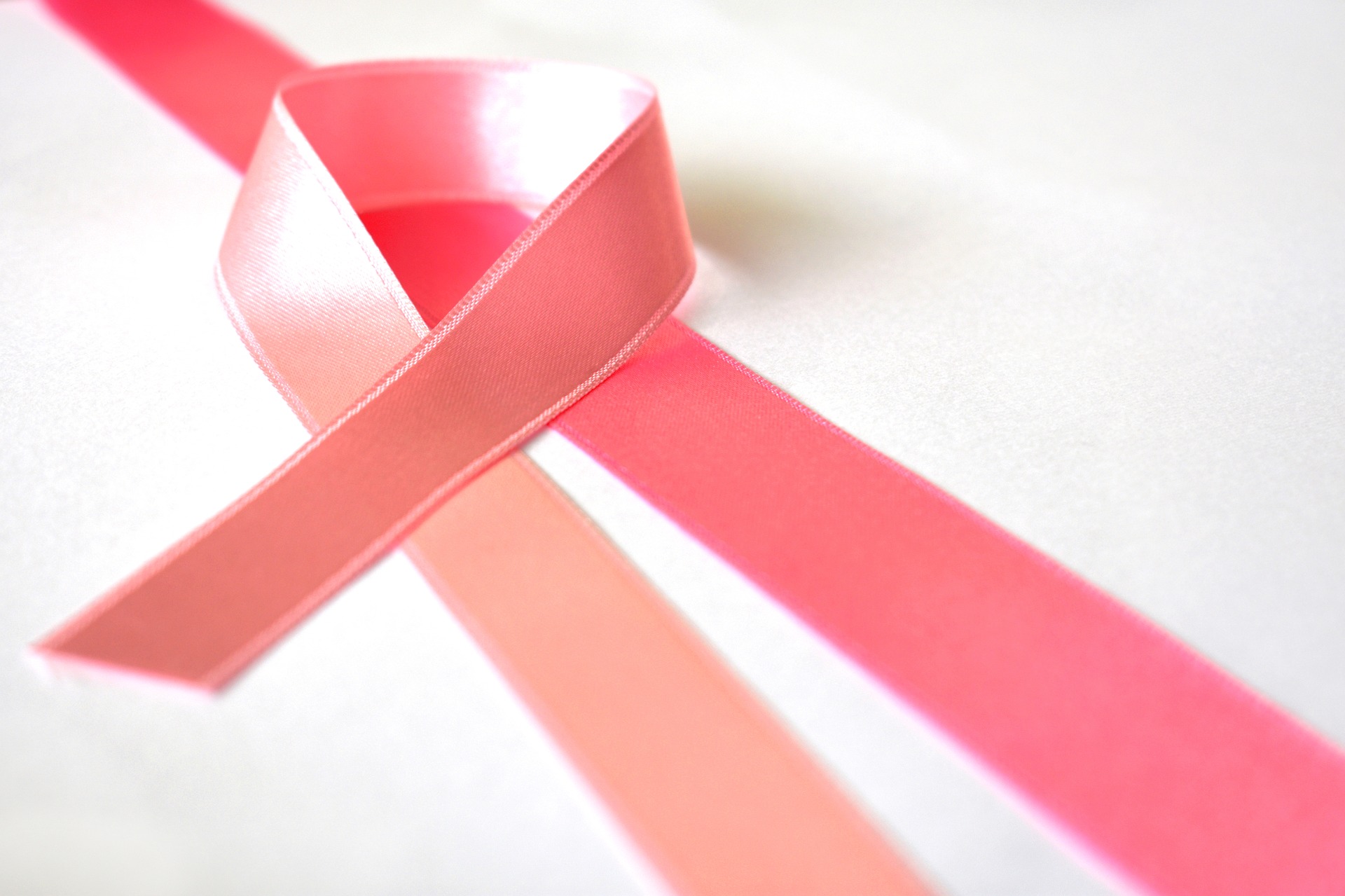 When their favorite players take to the field wearing pink cleats, gloves and helmet decals, NFL fans know it’s Breast Cancer Awareness Month. But there’s much more to the annual campaign than pink-accented sports gear—it’s an opportunity to increase awareness of breast cancer and help those affected by the disease through early detection, education and support services.
When their favorite players take to the field wearing pink cleats, gloves and helmet decals, NFL fans know it’s Breast Cancer Awareness Month. But there’s much more to the annual campaign than pink-accented sports gear—it’s an opportunity to increase awareness of breast cancer and help those affected by the disease through early detection, education and support services.
According to the U.S. Department of Health and Human Services, roughly one in eight women born today in the U.S. will be diagnosed with breast cancer at some point. Rates of breast cancer are 8% higher in Alaska Native female populations. The good news is that most women can survive breast cancer if it’s found and treated early.
- If you are a woman age 40 to 49, talk with your doctor about when to start getting mammograms and how often to get them.
- If you are a woman age 50 to 74, be sure to get a mammogram every two years. You may also choose to get them more often.
- If you have a personal history of cancer, a known genetic mutation (such as BRCA) or a first-degree relative who’s been diagnosed or has a genetic mutation, received radiation therapy to the chest between the ages of 10 and 30 or have certain syndromes, talk to your doctor. High-risk screening recommendations may include self- and clinical exams, earlier annual mammograms and MRI imaging.
It’s also important to remember that a man’s breast cells and tissue can develop cancer. Male breast cancer can exhibit the same symptoms as breast cancer in women, including a lump. Anyone who notices anything unusual about their chest or breasts, whether male or female, should contact their physician immediately.
For more information, visit www.cancer.org.



